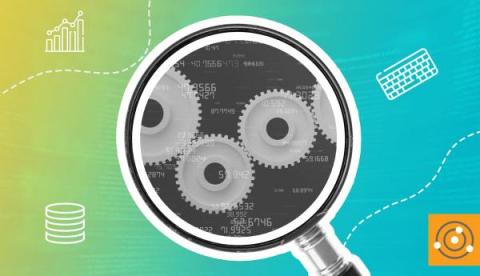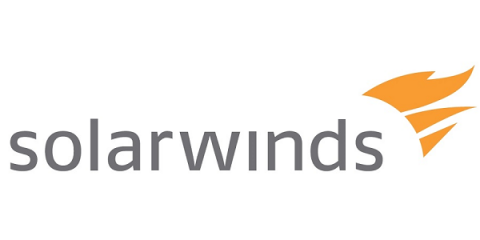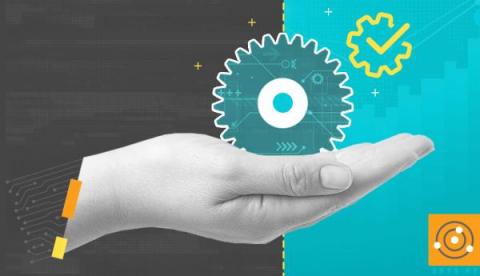How to Import/Export Orion Reports
The reporting engine on the SolarWinds Orion Platform products is nothing if not flexible. Countless customers and community members have shared reports. We'll show you how to import reports from THWACK and export reports to share with the SolarWinds community.











